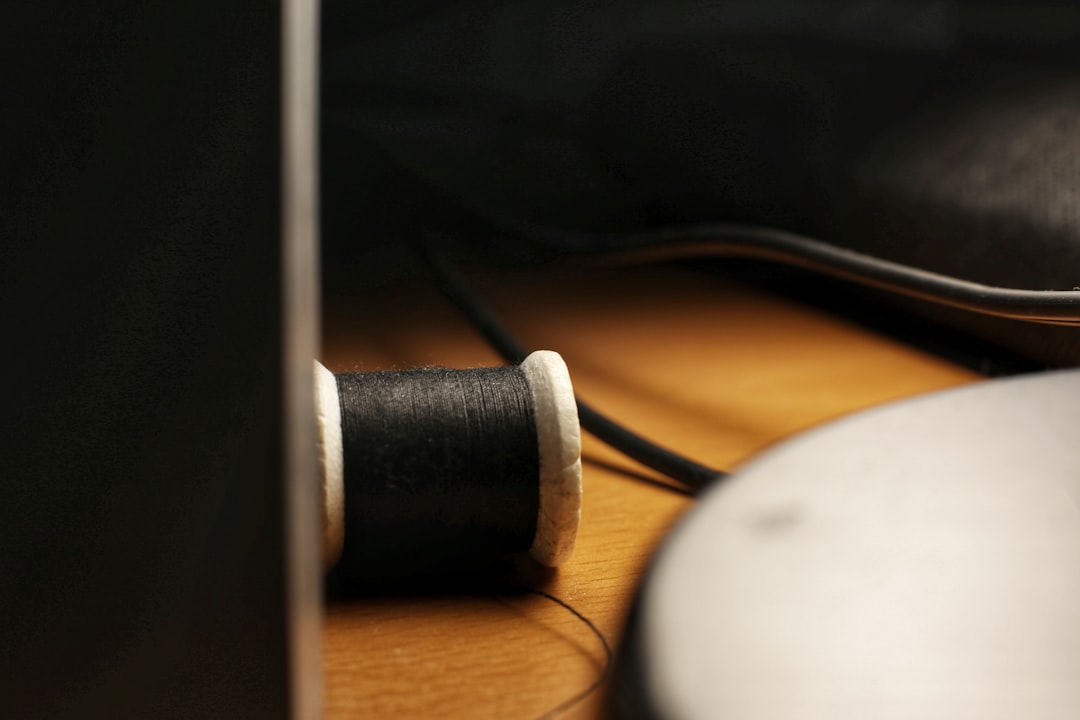One of the more frustrating issues for Windows 11 users is when plugging in headphones and getting no sound — or worse, the device not being recognized altogether. If the headphone jack is not detected in Windows 11, fear not. This is a common problem with various causes, ranging from driver issues to hardware settings. Thankfully, there are a number of effective fixes that can get your audio working again in no time.
Common Reasons Why Windows 11 Doesn’t Detect the Headphone Jack
- Outdated or corrupted audio drivers
- Incorrect audio output settings
- Disabled audio devices
- Hardware malfunctions or loose connections
- Windows updates changing default settings
If you’re dealing with this issue, following a systemic approach can help you resolve it quickly. The solutions below are effective for a wide range of setups.
How to Fix Headphone Jack Not Detected in Windows 11
1. Check Physical Connection
Start with the basics. Make sure the headphones are working by testing them on another device. Then, firmly plug the cable into the headphone jack. Wiggling the connector a bit may also help identify a loose or damaged port.

2. Set Headphones as Default Output
Windows might be sending the audio to the wrong device. To reset this setting:
- Right-click the speaker icon on the taskbar and select Sound settings.
- Under Output, select your headphones if they appear.
- Click the Set Default button.
This forces Windows to recognize the headphone jack as the primary audio source.
3. Update or Reinstall Audio Drivers
Drivers that are out of date or corrupted can often cause detection issues. To update your audio driver:
- Press Windows + X and select Device Manager.
- Expand the Sound, video and game controllers section.
- Right-click on your audio driver and choose Update driver.
- Select Search automatically for drivers.
If updating doesn’t help, right-click and choose Uninstall device, then restart your computer to reinstall it automatically.
4. Enable the Headphone Output Manually
Sometimes, the system disables unused audio ports. To re-enable manually:
- Open Control Panel > Hardware and Sound > Sound.
- Switch to the Playback tab.
- Right-click in the free area and select Show Disabled Devices.
- Find your headphones, right-click, and select Enable.

5. Use the Troubleshooter Tool
Windows 11 includes a built-in troubleshooter for audio:
- Go to Settings > System > Troubleshoot > Other troubleshooters.
- Find Playing Audio and click Run.
The tool will scan and attempt to resolve common audio-related problems.
6. Check for Windows Updates
Certain updates may fix audio bugs or compatibility issues:
- Go to Settings > Windows Update.
- Click Check for updates and install any that are available.
Preventing Future Audio Recognition Issues
To avoid repeated detection issues, regularly update your drivers and Windows OS, avoid unplugging hardware during updates, and invest in quality audio equipment with solid connectivity.
FAQ
- Q: Why doesn’t Windows 11 detect my headphones when plugged in?
A: This often happens due to incorrect audio settings, disabled devices, or outdated drivers. - Q: How do I make my headphones the default device?
A: Right-click the speaker icon > Sound settings > Select headphones under Output > Click Set Default. - Q: What if my headphones work on another device?
A: This means the issue is likely with your Windows 11 system or its configuration, not the headphones themselves. - Q: Is this issue common after updates?
A: Yes, sometimes updates change or reset audio settings, causing compatibility or recognition issues. - Q: Can a hardware fault in the jack cause this?
A: Absolutely. If all software fixes fail, the headphone jack itself might be damaged and may need professional repair.
Although it may feel like a complex issue, resolving a headphone jack not detected in Windows 11 is entirely manageable with the right troubleshooting approach. The steps above can guide users back to enjoying their audio experience without interruption.